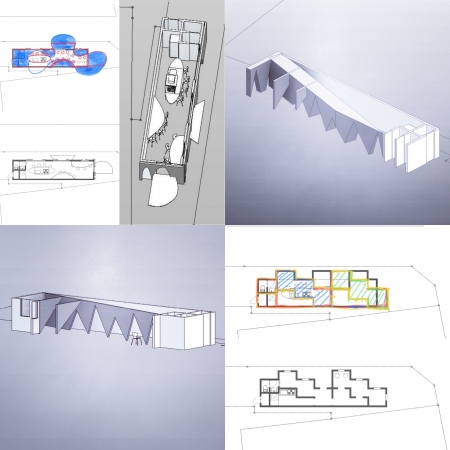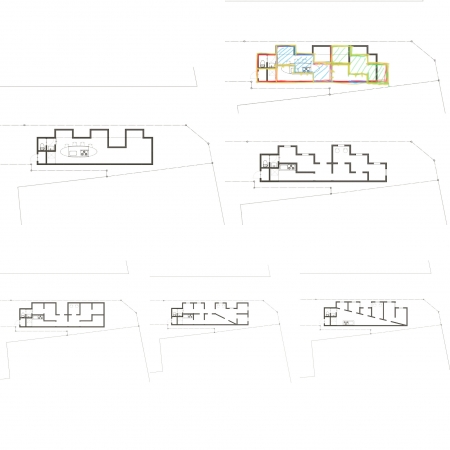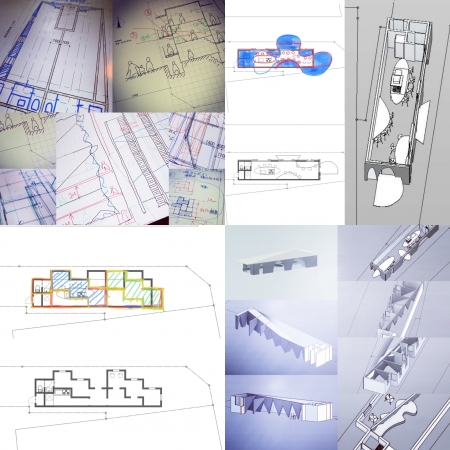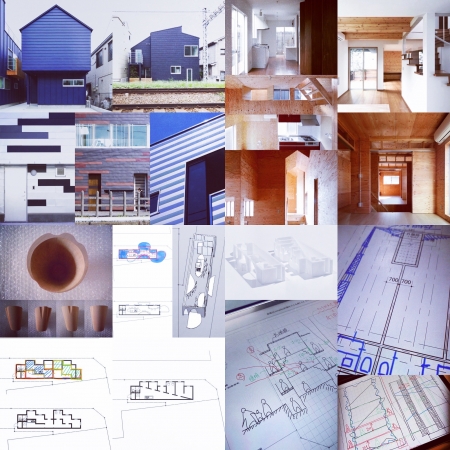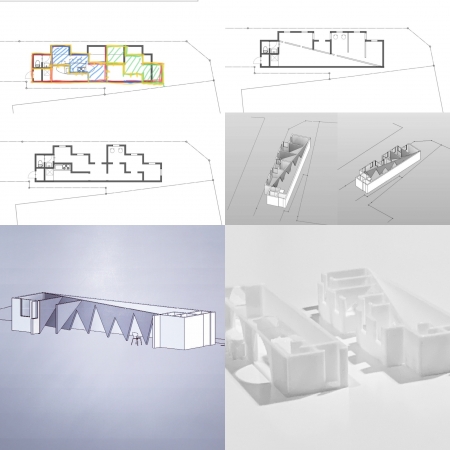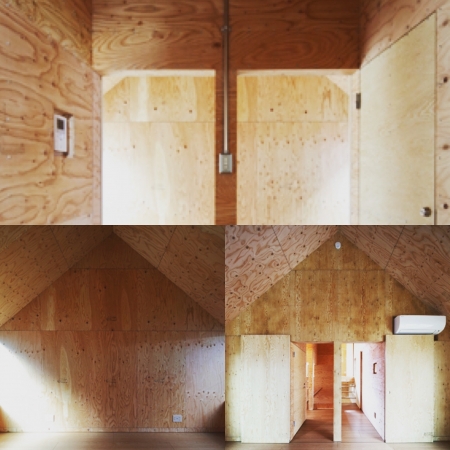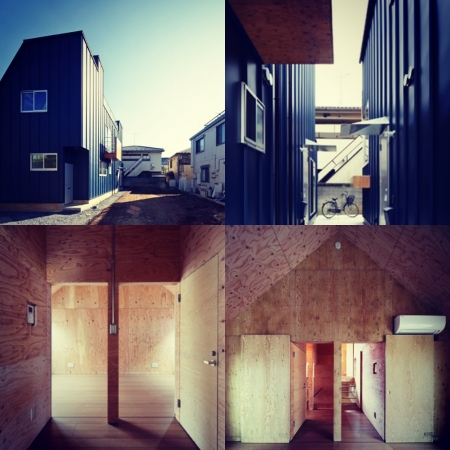媒介が気持ちならば
人と建築の関係性において、その接点では何が媒介をしているのかを考えていた。
すぐに思いついたのは「機能」であり、建築が持ち合わせている機能を人が利用するという構図である。そもそも建築は人が内部に入り込み使うことが前提ならば、そこに使える機能が用意されている訳で、その機能を使うことで人と建築の関係が築かれる。
ただそれでは、建築は単なる装置や機械と一緒ではないかと思い、人が関わらなくても建築である、ともいえないような気がする。
ならばと、媒介するものを人の「気分」や「感情」を含めた「気持ち」とするとどうだろうか。本当にそれが媒介になるのであれば、建築が装置や機械と一緒になることはないだろう。
"If the mediator feels"
In the relationship between people and architecture, I was thinking about what mediates at that point of contact.
Immediately I came up with the "function", which is a composition in which people use the functions that architecture has. In the first place, if it is premised that people go inside and use architecture, there are functions that can be used there, and by using those functions, a relationship between people and architecture can be built.
However, I think that architecture is just like equipment and machines, and I feel that it cannot be said that it is architecture without human involvement.
Then, what if the mediator is "feeling" including "mood" and "emotion" of a person? If it really acts as an intermediary, architecture will not be associated with equipment or machinery.

